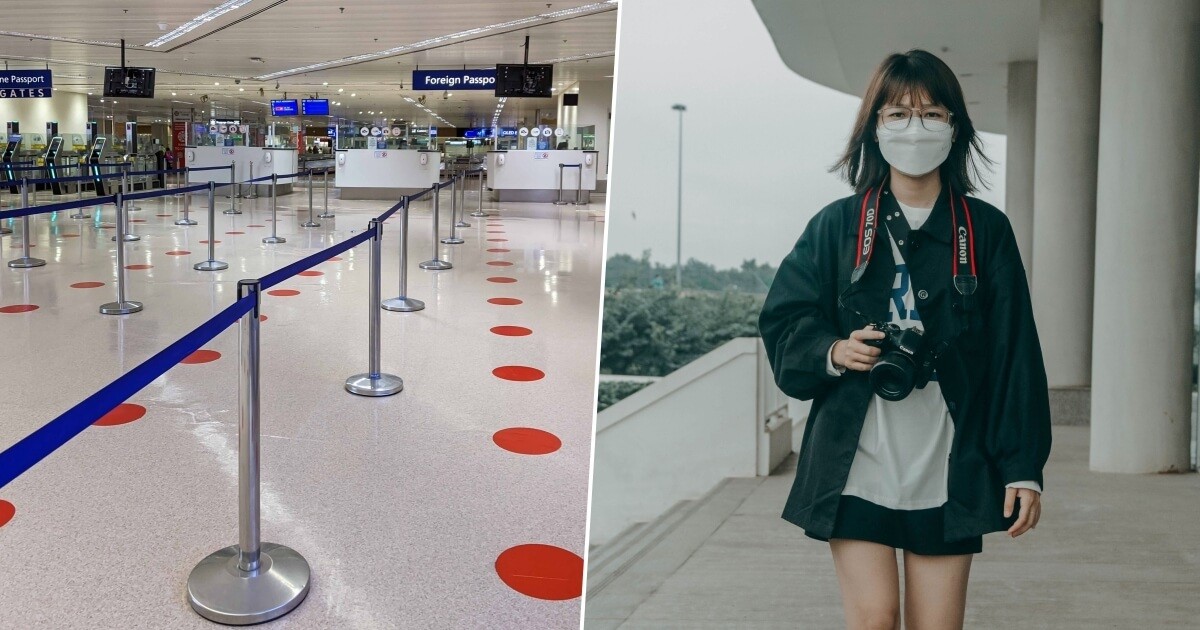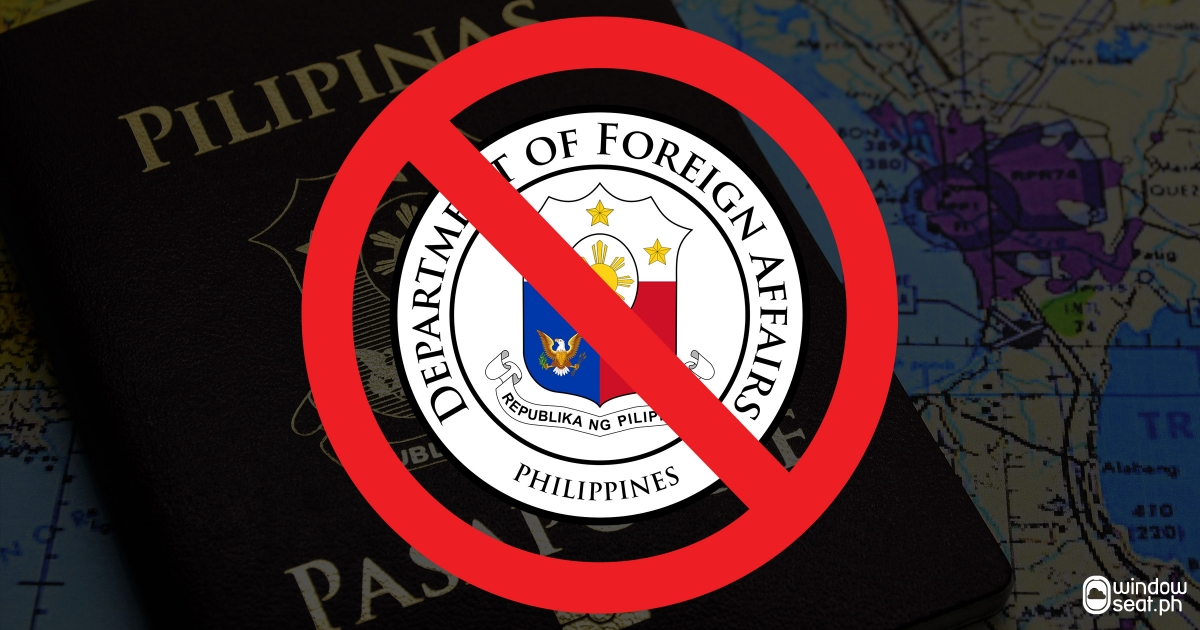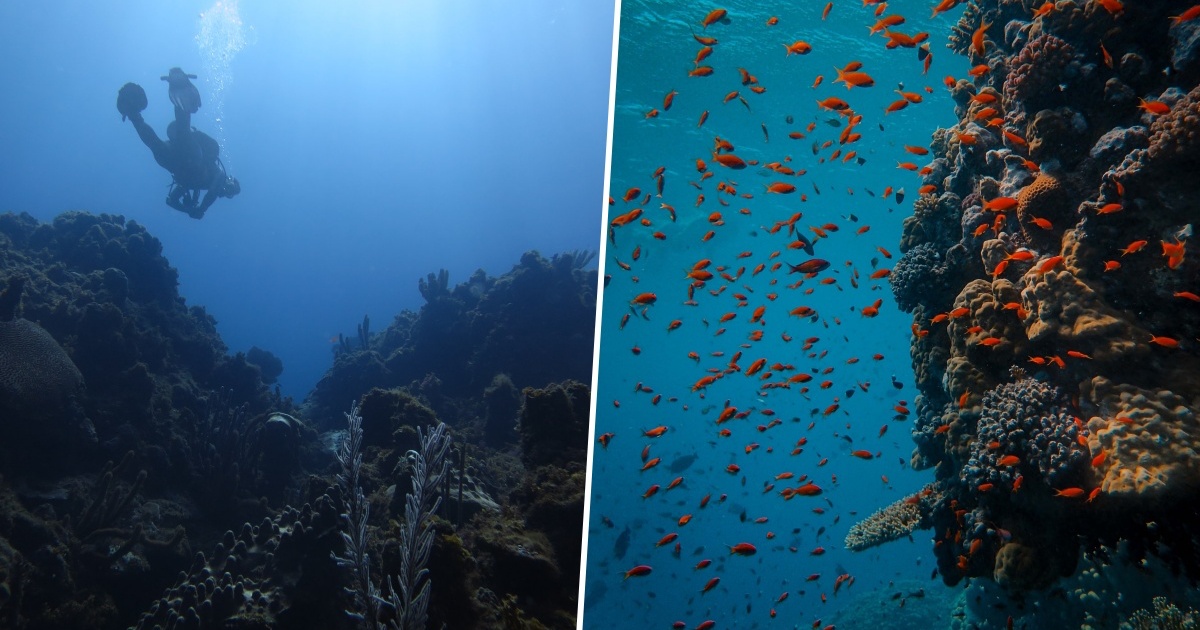NCR Is Under Alert Level 3 Until January 15 – What Does That Mean for Travel?
The New Year begins with stricter health protocols.
by Ina Louise Manto | January 03, 2022
Due to the spike in COVID-19 transmissions post-holidays and with the Omicron variant now present in the country, the government announced on December 31 that Metro Manila will be placed under Alert Level 3 beginning January 3 until January 15. Here’s a quick refresher on the guidelines under this alert system:
What does Alert Level 3 mean?
According to the Guidelines on the Nationwide Implementation of Alert Level System for COVID-19 Response by the IATF (as of November 18, 2021), Alert Level 3 refers to areas wherein case counts are high and/or increasing, with total bed utilization rate and intensive care unit utilization rate at increasing utilization.
As of writing, the Philippines has recorded a new highest single-day tally since October 2021 with 4,600 new cases recorded on January 2, 2022.
The following regions have the most reported cases:
- Metro Manila – 3,279
- Calabarzon – 676
- Central Luzon – 252
The DOH has also recorded a three-month high on positivity rate on January 2: 19.6% out of the 26,122 tests recorded on December 31, 2021. This is the highest positivity rate since September.
Is travel allowed?
Under Alert Level 3, both intrazonal and interzonal movement are allowed, but restrictions may be imposed by local government units. Interzonal travel is the movement between two cities or provinces under different alert levels while intrazonal travel is the movement under the same alert level system.
What about public transportation?
Public transportation will continue to operate in Metro Manila. Both the Philippine National Police and Department of Transportation has ordered the implementation of stricter health protocols, to be enforced by the Land Transportation Office, Land Transportation Franchising and Regulatory Board, and train marshals:
- Proper physical distancing in terminals and public transport
- Use of face masks
- Talking and eating inside the train are prohibited
- Aviation sector officials must revisit daily passenger arrivals
These establishments and activities are not allowed to operate
Alert Level 3 poses a high risk for transmission, which can be observed in the following:
- Face to face or in-person classes for basic education
- Contact sports except those under a bubble-type setup
- Funfairs or peryas and kid amusement industries such as kiddie rides, playrooms, and playgrounds
- Venues with live or wind-instrument performers such as clubs, concert halls, theaters, and karaoke bars
- Gaming establishments such as casinos, cockpits, lottery and betting shops, and horse racing
- Gatherings in residences with individuals not belonging to the same household
Other establishments will be allowed to operate under 30% capacity for indoor venues exclusive to fully-vaccinated individuals and 50% capacity for outdoor venues.
As of January 2, 2022, 21,418 are currently sick with COVID-18, bringing the total confirmed cases in the Philippines to 2,851,931. The death toll is now at 51,570, with 25 additional deaths. While Metro Manila is under Alert Level until 15, the rest of the country remains at Alert Level 2.
Stay safe and follow health protocols strictly!









